Harnessing transition waves to realize deployable structures
- PMID: 32041876
- PMCID: PMC7049108
- DOI: 10.1073/pnas.1917887117
Harnessing transition waves to realize deployable structures
Abstract
Transition waves that sequentially switch bistable elements from one stable configuration to another have received significant interest in recent years not only because of their rich physics but also, for their potential applications, including unidirectional propagation, energy harvesting, and mechanical computation. Here, we exploit the propagation of transition waves in a bistable one-dimensional (1D) linkage as a robust mechanism to realize structures that can be quickly deployed. We first use a combination of experiments and analyses to show that, if the bistable joints are properly designed, transition waves can propagate throughout the entire structure and transform the initial straight configuration into a curved one. We then demonstrate that such bistable linkages can be used as building blocks to realize deployable three-dimensional (3D) structures of arbitrary shape.
Keywords: bistable mechanism; deployable structures; multistability; transition wave.
Conflict of interest statement
The authors declare no competing interest.
Figures
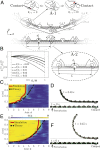
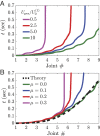
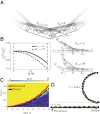

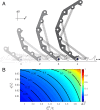


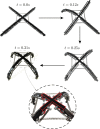
References
-
- Haghpanah B., Salari-Sharif L., Pourrajab P., Hopkins J., Valdevit L., Architected materials: Multistable shape-reconfigurable architected materials (adv. mater. 36/2016). Adv. Mater. 28, 8065–8065 (2016). - PubMed
-
- Kidambi N., Harne R. L., Wang K.-W., Modular and programmable material systems drawing from the architecture of skeletal muscle. Phys. Rev. E 98, 043001 (2018).
-
- Rafsanjani A., Pasini D., Bistable auxetic mechanical metamaterials inspired by ancient geometric motifs. Extreme Mech. Lett. 9, 291–296 (2016).
-
- Shang X., Liu L., Rafsanjani A., Pasini D., Durable bistable auxetics made of rigid solids. J. Mater. Res. 33, 300–308 (2018).
-
- Shan S., et al. , Multistable architected materials for trapping elastic strain energy. Adv. Mater. 27, 4296–4301 (2015). - PubMed
Publication types
LinkOut - more resources
Full Text Sources

